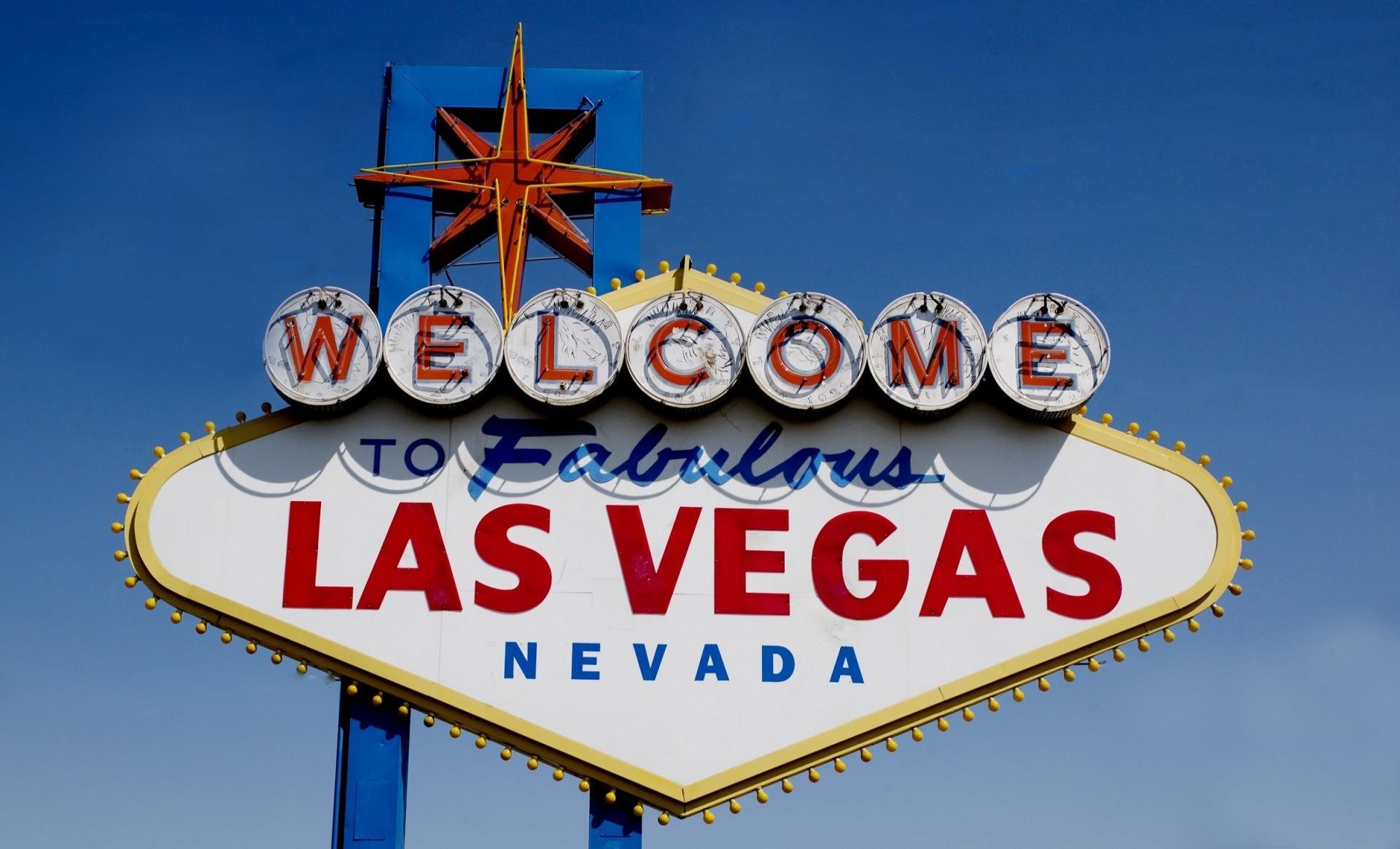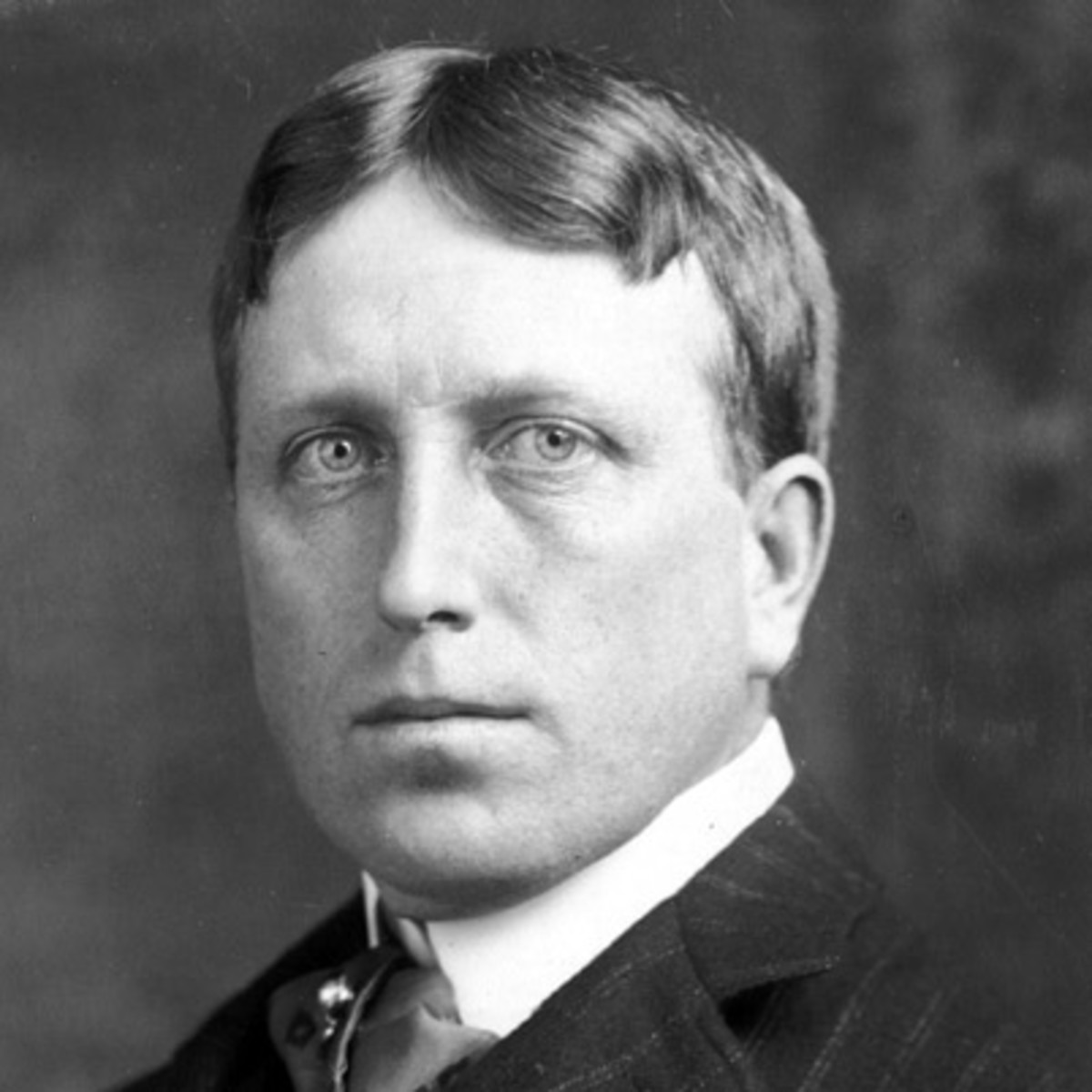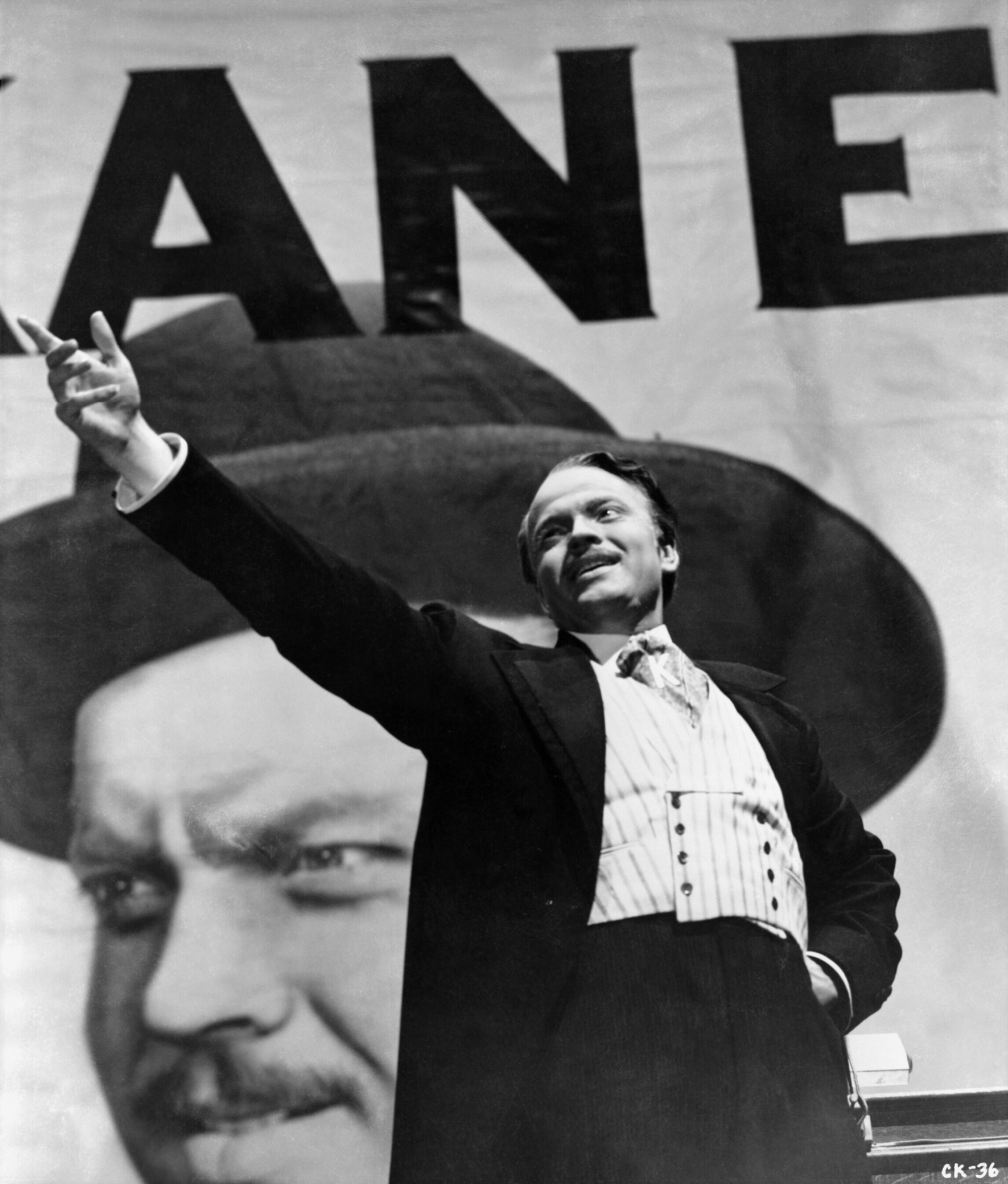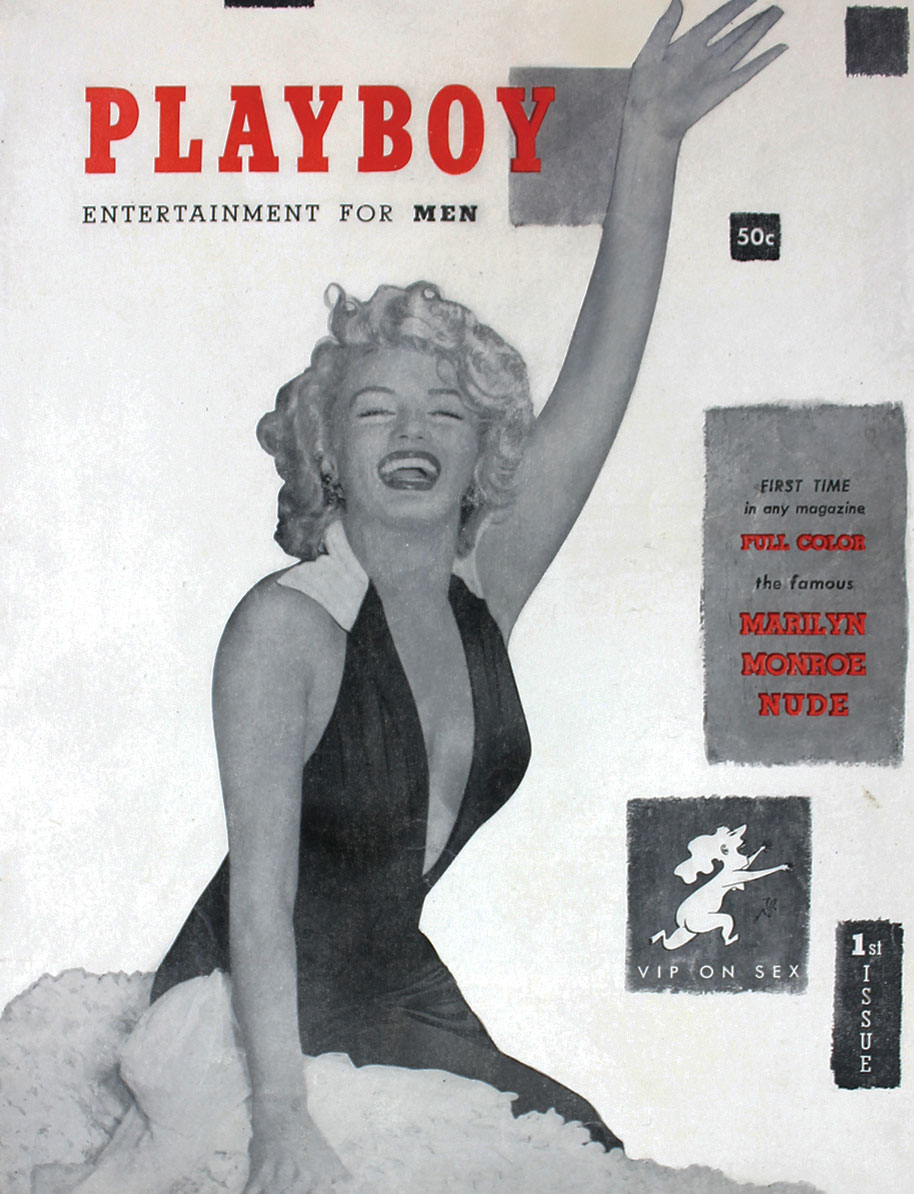The Vegas Congress was interesting in many ways – starting with a rather bizarre interior for a congress at the Planet Hollywood Hotel with hallways between conference rooms decked in photographs, sculptures of zombies and similar creatures. Some people commented that Zombieland as the best allegory of the media industry today.
By: Robert Čoban

The ten-minute walk took us from our Flamingo Hotel on the Strip to the Planet Hollywood Hotel which hosted the World Media Congress organized by the FIPP, the global magazine publisher association. At the Paris Café under the Eiffel Tower, drowsy gamblers, who spent all night in casinos inhaling the pumped-in oxygen that kept them awake, were having breakfast. Girls with feather dresses were taking pictures with passers-by on the sidewalks, and I occasionally ran into an Elvis impersonator. The younger ones, who had been clubbing until dawn, sit in Oxygen Bars, popular new spots in Vegas, in which they treat a hangover by inhaling oxygen with spicy fruit flavours instead of having coffee and squeezed orange juice.
In February 1994, Las Vegas was one of the 7 cities that hosted the US Embassy’s International Visitors Program that I attended. The last issue of Svet magazine, before my trip to the US, cost 500,000,000,000 dinars and the war raged in Croatia and Bosnia and Herzegovina. Vegas and all of America seemed like a dream.
Then, in 2004, I went there with Sandra while our daughter Elena, who was a four-month-old baby at the time, stayed in Novi Sad. Fifteen years later, all four of us are in Vegas and it seems to me that the whole world has changed over the decades, only this city has remained the same.
Looking at the architecture of the hotels on the Strip (the central Las Vegas Boulevard), we can match the tastes and economic opportunities of various decades in Las Vegas, from 1946, when the Flamingo was built, to the present. The Flamingo is inspired by Art Deco and Miami. Then came the Sahara in 1952, the Tropicana in 1957 and the Linq in 1959. The 1960s were marked by the Planet Hollywood in 1963, the Caesars Palace in 1966 and the Circus, Circus in 1968. In the 1970s, came the Harrah’s and the Bally’s (1973), the Casino Royale (1978) and the Cromwell (1979). For ten subsequent years, there was no new hotel on the Strip, until 1989, when Polynesia-inspired Mirage opened, followed by the Excalibur in the 1990s, inspired by the Middle Ages, and three new large hotels, that were built in 1993, the Luxor (Pyramid and Sphinx), the Treasure Island and the MGM Grand (back then the largest hotel in the world, with over 4,000 rooms). The Stratosphere and the MGM Park were built in 1996, the New York, New York in 1997, the Bellagio in 1998, the Mandalay Bay, the Venetian and the Paris in 1999. The hotels built after the year 2000 no longer had special themes – the Wynn (2005), the Encore (2008), the City Center (2009) and the Cosmopolitan (2010), all featuring modern designs, simple and clean lines.

Bugsey Siegel and Meyer Lansky, two Jewish gangsters from New York, are credited with making Vegas what it is today. In 1946, they built the hotel Flamingo, the oldest on the Strip. Siegel was killed a year later in LA, while Lansky lived to the ripe old age in Miami, where he regularly went to the synagogue on the corner of the 3rd Street and the Washington Avenue. The city in which the Mafia has played a significant role has also been given the National Organized Crime Museum, the famed Mob Museum, one of Vegas’ major tourist attractions.
The fact that I’m in Vegas with my family and that my daughters are underage, so they can’t even stay in the casino and watching their parents play the roulette table and they can’t swim in the pool because it’s too cold in November, in the Nevada desert, I decided to listen to the advice of the US ambassador in Zagreb.

He told me, on the eve of my trip to the United States, at the party apropos the 2nd anniversary of the Croatian edition of the Diplomacy & Commerce magazine at the Mimara Museum, told me that spending seven days in Vegas with my family while attending a three-day congress was utter nonsense and that we must go to see LA or San Francisco. So, we took a two-day trip to San Francisco while being accommodated in Vegas and that turned out to be a smart decision. Delighted by the sight of one of the most beautiful cities in the world, we returned to Vegas where the World Media Congress took place from 12th to 14th November.
I remembered writing an article from New Delhi for Novi Magazin after the 2011 congress in the Indian capital. The FIPP congresses, that take place every other year in another city, are a good testament to the dynamic and dramatic changes that are happening in the media industry.
The first FIPP Congress I attended was in 2005 at the Waldorf Astoria Hotel on New York’s Park Avenue. Three years before the global economic crisis and two years before the first smartphone appeared, it was the Golden Age of publishing: circulation figures ran into hundreds of thousands and millions of copies and earnings were in the region of hundreds of millions of dollars. The welcome reception was held at MoMA, we had dinner under Monet’s “Water Lilies”, there were bowls with lime on the tables and it seemed as if the Golden Age would last at least another 50 years. However, even in such an atmosphere, there were “voices of common sense” that pointed to a potential problem in the industry (the economic crisis and dramatic technological changes were not yet mentioned by anyone present). So Jonathan Newhouse, CEO of Condé Nast (“Vogue”, “Vanity Fair”, “Glamour”) gave a presentation called “Branding is not enough” at lunch, citing a dozen examples of major magazine brands that have failed in certain markets. Newhouse also explained the reasons why these magazines were extinguished in some countries: from the concept of the magazine digressing too far from the original and vice versa, i.e. the concept was not sufficiently adapted to the local market, to too much competition or the wrong partner.
Three years later, two more were added to the aforementioned ones – the economic crisis and smartphones. Thousands of magazines and dailies around the world have been shut down over the past 11 years. After New York in 2005, the next conference was in Beijing in 2007, the Golden Era was still going on, but numerous indicators were already heralding its end. Two years later, in 2009, the congress took place in London and the media industry was already on its knees. The year 2011 and New Delhi… Some publishers set out to recover and find new revenue models while others failed. In 2013, we were in Rome and 2015, in Toronto, Canada. The 2017 congress was supposed to be held in Warsaw, but recently the decision was made to change the location because of the suppression of media freedoms in Poland, so the congress returned to London.
The Vegas Congress was interesting in many ways – starting with a rather bizarre interior for a congress at the Planet Hollywood Hotel with hallways between conference rooms decked in photographs, sculptures of zombies and similar creatures. Some people commented that Zombieland as the best allegory of the media industry today.
Some major publishers we work with on issuing licensing magazines in our region have not participated in the FIPP Congress for the first time; like The Economist and Hola! / Hello!, for instance. The reasons? Economic hardship or Brexit or something else? We can only speculate. I did not even meet the descendants of the famous William Randolph Hearst of the Hearst Company, whose character was an inspiration behind Orson Welles’ “Citizen Kane” from 1941.
The state of the publishing industry is also evidenced by the fact that, except for a few people who were also in New York in 2005, almost no-one is in the same medium anymore, not even in the same industry. It always makes me happy to meet Alfred Heinze and Eckard Bollmann, the doyens of the Hamburg media industry who, in 2002, gave us a license to publish Bravo magazine, our first franchise, without even seeing us. At the time, Heinze and Bollmann worked for Bauer. Now Alfred is in Burda and Eckard has his own consulting firm. Over lunch, we talked about how was everyone coping with the fact that Google and Facebook spend almost 90% of their money on online advertising.
This year’s conference used the Deal Room app to schedule meetings, which was convenient, but the slots were 20 minutes each, so a delay of 5-10 minutes led to the chain change in the time of meetings. Many conversations I had with people we already work with, as well as some companies that will become our licensed partners in the future, prevented me from attending all the presentations and panel discussions I wanted to see and hear.

“How the Brand Saved Playboy” reads the headline of a presentation by David Israel, CFO and COO of Playboy, which has suffered severe blows in the years since the founder’s death and massive online content migration: many issues around the world have been closed, including Playboy in Serbia. I commented with a colleague sitting next to me that only someone with such a biblical name can talk about “saving Playboy” because such an operation must have required the rod of Moses to separate the Red Sea. David Israel was not that convincing, although he talked about how they were no longer a classic media company and that, apart from the content, they also sold various branded products, including condoms, among other things.
Another major magazine brand also introduced its “rescue model”. Mike Federle, CEO of Forbes Media, talked about the company’s new business models. I was particularly interested in the chart showing Forbes’ 2010, 2014 and 2019 revenue structure.
In 2010, print at Forbes accounted for 62% of revenue, online 30% and “other” (conferences, licenses, syndication) for 8%. Just four years later, in 2014, the print dropped to 52%, online grew to 35% and the rest to 13%. This year, the structure of Forbes’ revenue will be as follows: print 21%, online 52% and the other 27%. These are dramatic changes that led to the need to completely change the organizational chart of the company, and for some professions to disappear completely and others, nonexistent only until yesterday, to be crucial for the survival of the company.

I ended my participation in this somewhat surreal FIPP Congress in a fitting manner – with David Copperfield’s show. We went to see Copperfield who, after Houdini, is probably the most famous magician in the world. The 63-year-old illusionist, with his raven-black hair and the skin on his face stretched like a drum’s batter head, performed his stylized tricks while toying with the emotions of the audience by frequently mentioning his late father, whom he was obviously very attached to.
Copperfield has been topping the list of the highest-paid celebrities for three decades now, and it’s a shame that I didn’t see many of my fellow publishers in the audience. I am sure that some of David’s tricks would help them to save their companies until Lisbon and the next congress in September 2020.
Dimitri’s torment
During a taxi ride, a driver in his late thirties heard our conversation in the Serbian language and asked us where we were from. When we answered, he opened his soul. Dimitri was a Russian from around Moscow and had been working in Vegas as a taxi driver for seven years. He has his say on almost all geopolitical topics and in the 20 minutes, which is how long our ride the Flamingo Hotel to Vegas Airport, lasted, I learned many things:
– “You have to wait for America to become weak (!?), and then take Kosovo back.”
– “In recent years, there haven’t been many tourists from Russia in Vegas, since America imposed the sanctions. Many wealthy people have become impoverished so they no longer come.”
– “The Ukrainians are to blame for everything; they start the war, but we get the sanctions. Everyone knows that Crimea has always been Russian and that there are many Russians in the eastern part of Ukraine.”
– “There are Russians in Vegas, but they live in other parts of America, especially the Russian Jews. We, in Russia, do not like Jews, they are to blame for the October Revolution.”
– “Stalin was cruel but did many good things for Russia.”
– “Here, in America, I cannot always say that I am Russian. When I see that someone is Trump’s voter, I can reveal where I come from. They love us. But these shitty Democrats, they hate the Russians.“
If I had closed my eyes for a moment, I could have well been in a Belgrade taxi that was taking me from the airport to the city. I could imagine an almost identical conversation.
It is quite clear that this is the ideological and mental matrix that was fed both to Dimitri from Russia, who has lived and worked in the ‘despised’ America for seven years, and many other „Dimitris“ in Serbia who curse America and the West. They are almost identical. They curse Gorbachev and the fall of the Berlin Wall but send children to schools in Europe and the USA. Their women shop in Milan and London, and they, when they have money, fill the coffers of football clubs from Manchester, Barcelona, Madrid or Munich. When playing in Kazan or Tiraspol, they always have some important business obligations in Belgrade.
Although Moscow and St. Petersburg have great universities, imagine a proud dad/patriot having to inform guests at the Slava about his child studying in Moscow. What will neighbours and relatives say?! Mothers would have nothing to upload to Instagram if their daughters and their girlfriends were studying at the University of St. Petersburg, knowing very well that the green in Switzerland is much greener and the sky over the US campuses much bluer than in Russia so that no filter is needed.
Others, „the poor“, share the same views, but do not send their children to school, but rather to work in the West – from construction work to waitressing on cruisers and in pubs. Some also drive taxis, like the poor Dimitri, and talk bitterly, in front of carefully chosen people, about the imminent demise of the corrupt West.